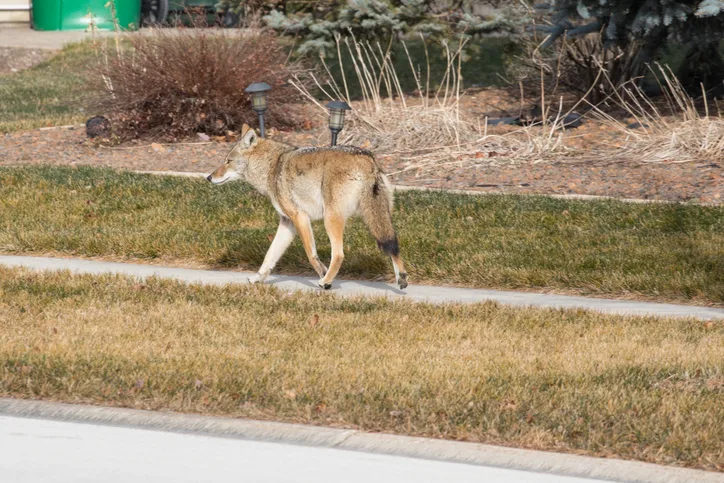The Dismembered Cat: Predation & Scavenging by Coyotes
Adam W. Stern, DVM, CMI-IV, CFC, DACVP, University of Florida

In the Literature
Nation PN, St. Clair CC. A forensic pathology investigation of dismembered domestic cats: coyotes or cults? Vet Pathol. 2019;56(3):444-451.
The Research …
News articles occasionally report about the discovery of a mutilated animal, causing speculation that the dismemberment was due to ritualistic animal killing or other nonreligious purposes. Although there have been no reports of ritualistic animal killing in the literature,1 clinicians can offer an opinion as to the cause of dismemberment after all evidence is examined.
In this retrospective study, the postmortem findings of dismembered cats (n = 53) were reviewed to determine if the dismemberment was the result of human or coyote activity, specifically predation and scavenging. Postmortem findings included canine tooth wounds in the neck, soft tissue damage, skin avulsions, broken claws, and/or missing internal organs. The colon and intestine were often attached to and trailing from the bodies. When partial bodies were submitted, the vertebral column was most often transected at or near the thoracolumbar or lumbosacral junctions, both of which are the weakest points of the spinal column.
Overall, coyote predation was the cause of death in 68% of cases; 15% were due to postmortem scavenging with death due to motor vehicle accident or other trauma. The remaining cats were thought to be pet burials or the cause of death was not determined. Nonaccidental trauma was not diagnosed in any of the cats.
These results documented a number of findings not typical of nonaccidental trauma in cats. In cases of nonaccidental trauma, bilateral rib fractures with no cranial-caudal patterns are expected rather than rib fractures clustered and on one side of the body, as observed in cases of motor vehicle accidents.2 In this report, only one cat that died of blunt force trauma had identifiable rib fractures, which were unilateral and attributed to a motor vehicle accident.
… The Takeaways
Key pearls to put into practice:
It is important to perform a necropsy and to consider all causes of dismemberment before concluding that human activity was the cause. This may provide information that can aid in determining whether a criminal investigation should be undertaken by law enforcement.
Necropsy findings supportive of predation or scavenging by coyotes typically include traumatic injury to the neck, bite marks, missing internal organs, and/or skin avulsions.
Careful neck dissection is recommended in all cases of possible predation to identify neck trauma, as external pathology may be unapparent. Examination of claws may reveal split claws and embedded tufts of fur, which may be observed in coyote predation cases.
Differentials for dismemberment include coyote predation, nonaccidental trauma, motor vehicle accidents, and death due to nontraumatic causes with scavenging of the body after death.
You are reading 2-Minute Takeaways, a research summary resource presented by Clinician’s Brief. Clinician’s Brief does not conduct primary research.